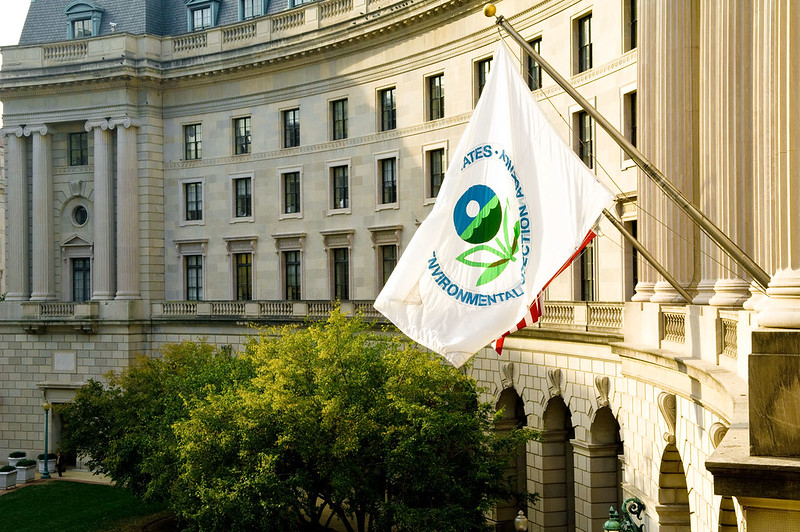The U.S. Environmental Protection Agency (EPA) has taken a significant step by issuing a final rule that categorizes perfluorooctanoic acid (PFOA) and perfluorooctanesulfonic acid (PFOS) as hazardous substances under the Superfund statute.
These chemicals, known as “forever chemicals” due to their persistence, have been linked to various health issues, including cancer and organ damage. EPA Administrator Michael S. Regan emphasized that this move would enable the EPA to address contaminated sites more effectively and expedite cleanups while ensuring that polluters bear the costs.
This action has garnered praise from environmental groups and supporters in Congress for its potential to accelerate environmental remediation efforts. However, it has also raised concerns among drinking water and wastewater treatment organizations. These groups fear potential lawsuits from PFAS producers and worry about bearing the financial burden of cleanup efforts.

To address the concerns of water systems, the EPA issued a memo outlining its PFAS Enforcement Discretion and Settlement Policy under the Comprehensive Environmental Response, Compensation, and Liability Act (CERCLA), commonly known as the Superfund law. The memo states that the EPA does not intend to pursue certain entities, including community water systems and municipal facilities, for PFAS contamination.
Despite these assurances, water organizations remain apprehensive, with some forming the Water Coalition Against PFAS. They argue that while the EPA acknowledges water systems are not the primary source of PFAS contamination, the final rule still exposes them to increased costs and potential litigation from PFAS manufacturers.
Senator Shelley Moore Capito, along with the water coalition, criticizes the EPA’s action, calling it unprecedented and burdensome for local communities and ratepayers. They advocate for congressional intervention to address the perceived inequities of the rule.
In contrast, EPA enjoys support from influential congressional figures like Senator Tom Carper, who chairs the Senate Environment Committee. Carper views the EPA’s action as crucial for holding polluters accountable and protecting public health. Environmental advocacy groups, such as the Sierra Club, also commend EPA’s efforts to safeguard public health through measures like setting PFAS water standards and allocating funding for infrastructure improvement.
The final rule is set to take effect 60 days after its publication in the Federal Register, marking a significant milestone in the EPA’s ongoing efforts to address PFAS contamination and protect communities from the adverse effects of these hazardous substances.
